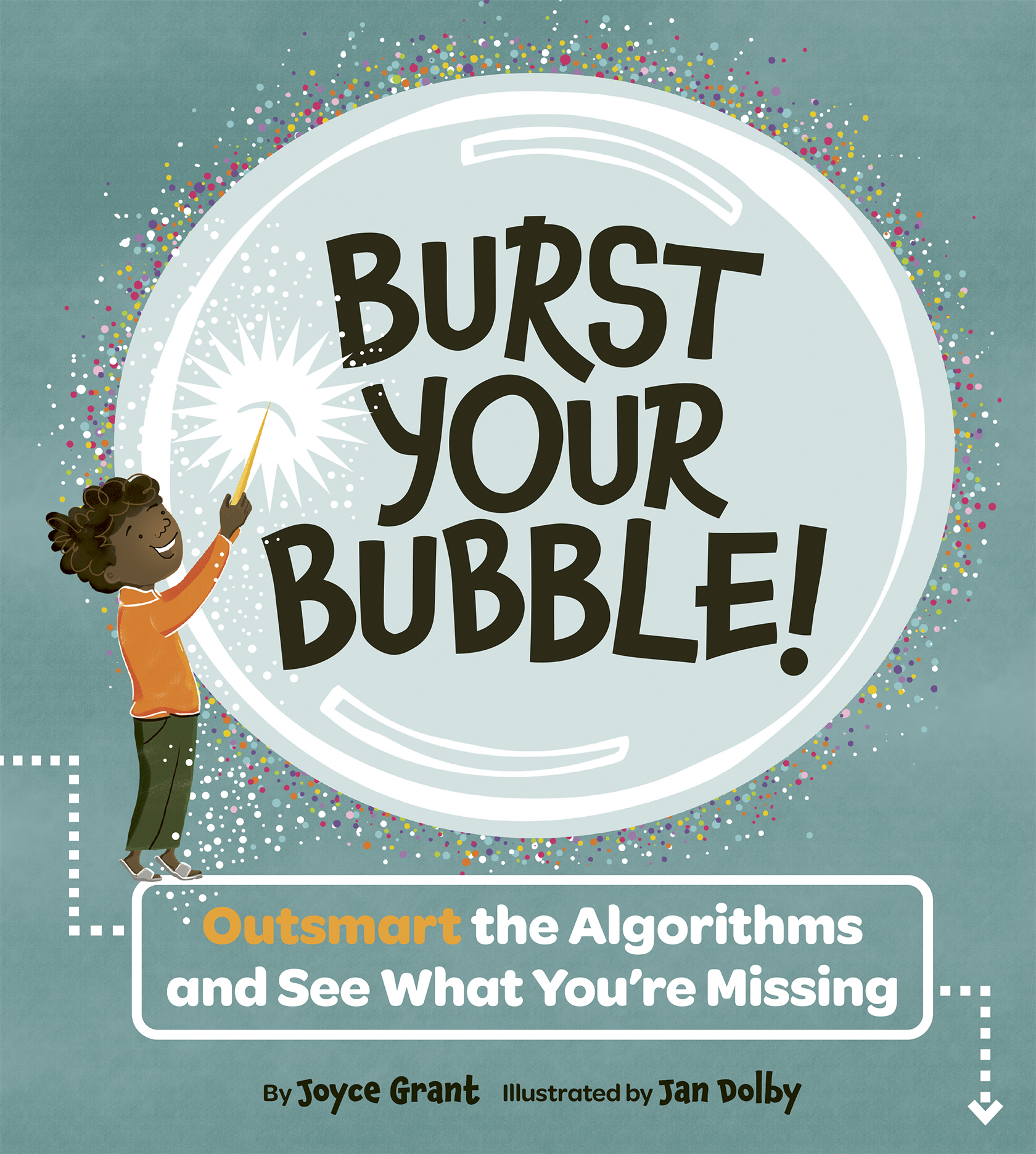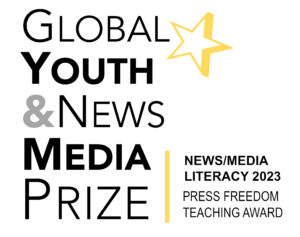
A program to prevent kids from dropping out of school is now available in Canada.
Reconnecting Youth is a U.S. program that helps kids gain self-esteem and cope with their emotions.
The Canadian program adds something more. It helps kids to see how anger can rule their lives.
The Canadian program is taught by social workers, who have training to help kids deal with anger that may be holding them back.
Many teens who are angry may also skip classes, insult teachers and even drop out of school, says Ed Schild, a spokesperson for the Reconnecting Youth program.
Reconnecting Youth has been a pilot project at R.H. King Academy in Toronto for the past two years.
The students in the program learn a five-step process for handling their emotions. The first and most important is to stop before acting out, which can be a difficult lesson to learn.
Students are given bracelets to remind them to think before they act. They also do assignments that help them see other people’s points of view.
Some kids in the program have gone through a lot to make them so angry, like parents dying, abuse or bullying. According to the program’s brochure, kids have said that after the program, their marks increased and they were able to handle anger and stress better.
For some, just knowing that anger is getting in the way of their life is a big step forward.
CURRICULUM CONNECTIONS
By Jonathan Tilly
Writing/Discussion Prompt
Anger, like many emotions, can be an obstacle to success. How do you cope with your emotions in order to succeed in your goals? What advice would you give to a fellow student who was having difficulty controlling his/her emotions?
Reading Prompt: Extending Understanding
Programs like Reconnecting Youth go beyond traditional school subjects, like English, math, science,and gym. Do you think schools should explore topics like controlling emotions and behaviours? Why or why not?
Junior
Extend understanding of texts by connecting the ideas in them to their own knowledge, experience, and insights, to other familiar texts, and to the world around them (OME, Reading: 1.6).
Intermediate
Extend understanding of texts, including increasingly complex or difficult texts, by connecting the ideas in them to their own knowledge, experience, and insights, to other familiar texts, and to the world around them (OME, Reading: 1.6).
Grammar Feature: Style
The way an author chooses to tell his/her readers information is a big part of the authors style. For example, an author might be said to have a “direct” style if he/she writes sentences that are to the point and contain facts. However, on the other hand, an author might be said to have an “indirect” style if he/she take a longer path when telling their readers information. An “indirect” writing style may likely have more included in it than facts.
Read the two portions below from today’s article and identify the sections as having a “direct” or “indirect” style.
“The Canadian program adds something more. It helps kids to see how anger can rule their lives.”
“Reconnecting Youth has been a pilot project at R.H. King Academy in Toronto for the past two years.”
With these examples in mind, when might an author choose to use a “direct” or “indirect” writing style?








